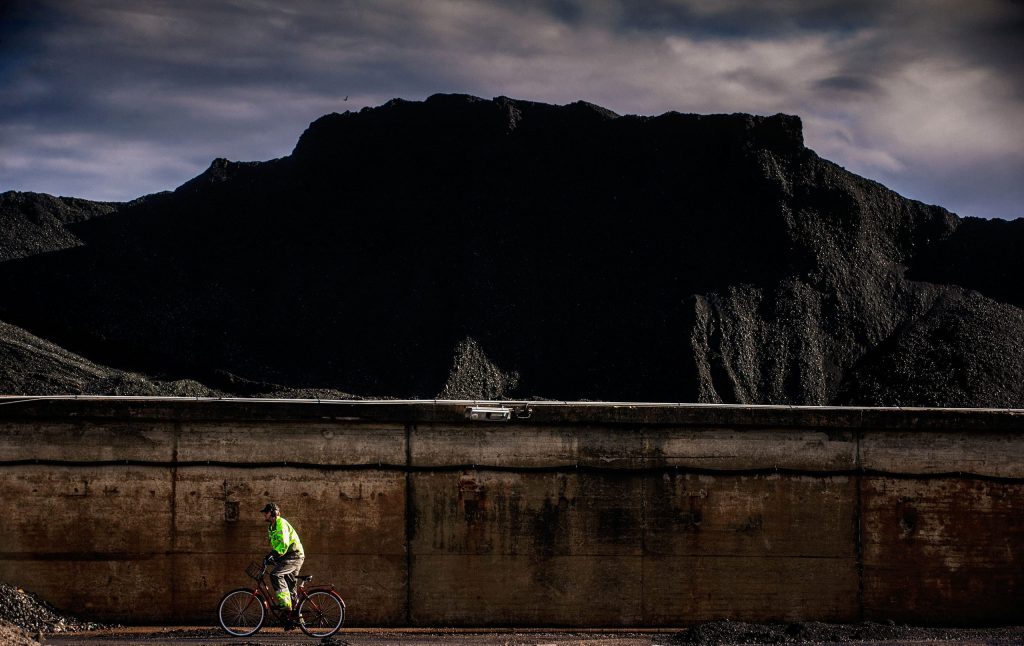A fresh Finnish roadmap lists the advantages the country can offer: a cool climate, good infrastructure, cheap fossil-free energy plus new plans for nuclear power.
Data centres need a lot of electricity and emit lot of excess heat that should be utilised.
Finland wants to retain control
Veli-Matti Mattila, former CEO of the software firm Elisa, wants to see cuts to electricity taxes and a softening of permission rules for data centres. But he is also calling for the centres to be required to register their activities, so that “we know what they are doing.”
Read the article in Swedish on Arbeidsliv i Norden
TikTok’s plans for a centre in Kouvola have created debate, but Mattila underlines that it is better that tech giants like TikTok set up shop in Finland rather than outside of the EU.
There are some 30 data centres in Finland right now, but the number could multiply within a few years as AI, cloud services and digitalisation continue to grow.

Necessary boost outside growth areas
The data centres bring a welcome boost to the Finnish economy. They also support digitalisation and the development of the data economy, as well as supply security, pointed out Finnish Prime Minister Petter Orpo in a comment to the roadmap.
Finland is particularly looking for investments that create added economic value through increased employment, tax income and innovation. New server halls are not enough.
The data centres also contribute to business activity outside of the main growth areas and can help boost the regional economy and research.
Wahlroos: Good climate for cooling
Cooling is an important issue for data centres, which is why many companies build them in cool places.
Finnish banker Björn Wahlroos recently told Finnish TV about the challenges of getting people to invest in the country.
“Finland is in the far north of Europe, at the end of the line, with a climate that is only good for one thing: cooling data centres.”
Otherwise, Finland is not that attractive, especially not when it comes to taxation. High tax levels are not very tempting for workers or investors, according to Björn Wahlroos.
He moved to Sweden in protest against Finland’s inheritance tax, but in the TV interview, he said he was more comfortable with a Mediterranean climate.
Lower taxes and a lot of cheap energy
Wahlroos, and many with him, underline the need for attracting investments. Data centres can benefit the national economy if investors can be tempted with good financial incentives, well-educated workers and tax reliefs.
But they also want cheap, reliable energy, since data centres consume a great deal of power and release a lot of excess heat that needs to be cooled down, preferably in a productive way.
In the USA, data centres’ energy needs have come in for a lot of criticism. They put pressure on the electricity grid and can push up energy costs.
Large American companies are planning to build their own power plants to secure their energy supply. Such plans also exist in Finland, albeit on a smaller scale.
The government: Avoid weather dependency and Russian energy
When Petteri Orpo’s government came to power in 2022, it promised more new electricity production capacity than ever before. The industry would benefit from increased investments, and fossil fuels would be replaced with electricity-based solutions in industry, heating and transport.
The government wants to promote the green transition with cleantech solutions with stable and predictable framework conditions. Data centre projects will be encouraged; they should be able to link to the grid, and their excess heat should be used for district heating.
More nuclear power
The government argues that Finland needs more nuclear power and has promised to approve all applications for a decision-in-principle that meet the criteria, where the applicant’s background is considered acceptable in terms of national security.
The construction of small modular reactors (SMRs) will be facilitated. New nuclear energy legislation will pave the way for innovation and a faster execution of projects.
The Hanhikivi nuclear power plant, south of Oulu, is still fresh in people’s minds.
The nuclear power company Fennovoima had already begun forest clearing and groundwork for a new power plant with technology, fuel and participation from Russian Rosatom.
This ended when Russia launched its full-scale invasion of Ukraine in 2022.
Instead, Finland began freeing itself from Russian energy dependence. The legal aftermath is still ongoing.

Small-scale nuclear power plant in the middle of Helsinki?
But the nuclear power debate is yet again raging. Helsinki’s energy company Helen is looking into positioning small-scale nuclear energy production in the middle of the Finnish capital,
The aim is stable, fossil-free electricity production in a small-scale, safe nuclear power plant, independent of the weather, with no carbon emissions and in a cost-effective way.
A public meeting to discuss nuclear power in November heard many express concerns about security risks. The meeting was not about the principle of nuclear power, but it gave residents the chance to seek more information now that the environmental impact assessment is beginning.
The participants were not convinced, but they remained calm. The oldest remembered earlier campaigns urging people to save energy, and several expressed concern for the long-term safety risks of placing nuclear power in the middle of Helsinki.
Helsinki city councillors will make a decision in the coming years. But small-scale nuclear power production is already part of the capital’s strategy.

Photo: Cata Portin.
Kajaani – excess heat as a resource
Helsinki is not alone in looking at nuclear power as an option. The same is happening in Kuopio and some other places.
Other types of energy use are also being explored. The vocational high school in Kajaani has spent the past two years working with companies and the Finnish Natural Resources Institute Luke to create a project aimed at reusing excess heat from by data centres.
The aim is to build several functioning facilities in addition to those already located in the Renforsin shore area, which used to house wood processing and paper industry operations.
There, the Icelandic company Borealis Data Center is expanding its capacity beyond the facility it purchased in February 2024.
In a press release, the company underlines its desire to use AI on a large scale. It also mentions the infrastructure that makes environmentally friendly data centre activity possible.
Kajaani already hosts some of Europe’s supercomputers and could become a hub for data centres.
Just outside Kajaani city centre, in Otanmäki, Google is preparing to establish a sizeable presence. For the city, this means large visions including heated pavements, greenhouses, fish farming and water purification.
Project manager Sirpa Keränen underlines that these are high-level dreams, but they are technically achievable. She also mentions the outdoor pools, which will stay open for more than the three summer months.
Excess heat from the data halls could heat the pool water all winter – an unbeatable attraction for the tourism industry in Northern Finland, she argues.
At these latitudes, the sun is out only for a few hours in winter, and temperatures often fall below zero.

A Nordic perspective
When Nordic energy ministers met in October, they highlighted the need to expand transmission grids and speed up energy production.
The Nordic region is already in a strong position thanks to renewable energy, stable electricity prices and high levels of technological expertise.
But the ministers stressed that the region could become a world leader on energy security and the green transition – even in the Arctic areas.





